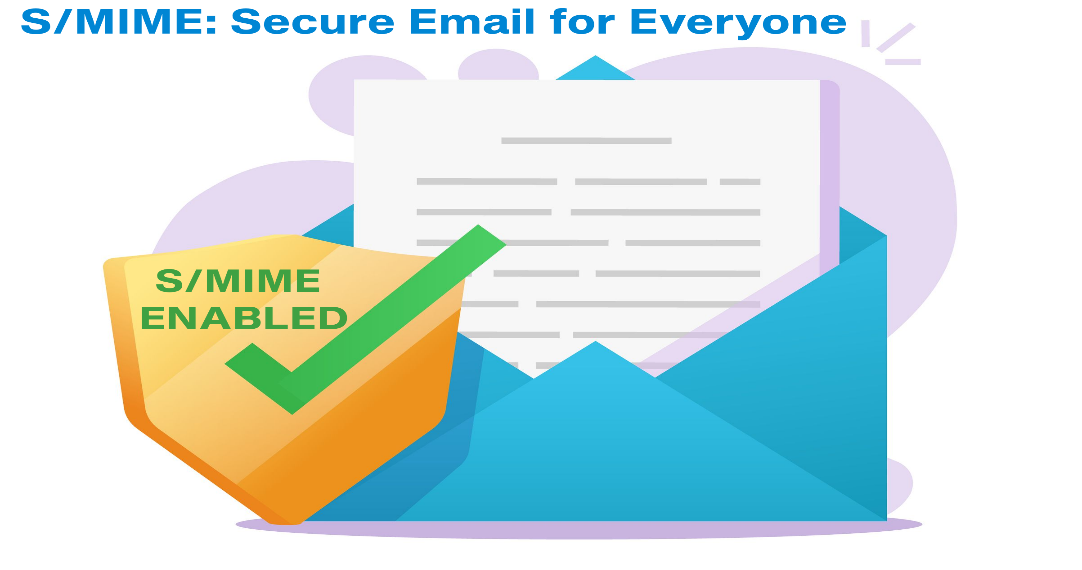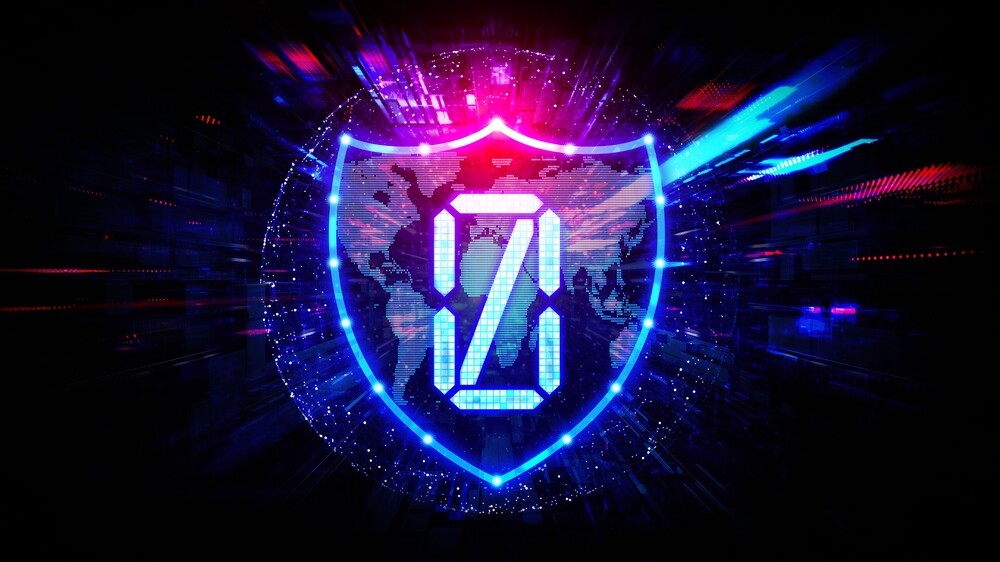Understanding the Legal Framework of Electronic Signing in Singapore
In today’s digital age, being well-versed in the legal aspects of electronic signing is crucial for businesses operating in Singapore. In the second instalment of our three-part series, we will discuss the legal framework surrounding electronic signing, including the Electronic Transactions Act (ETA) and its implications for your business. Keep an eye out for our third and final post, where we











